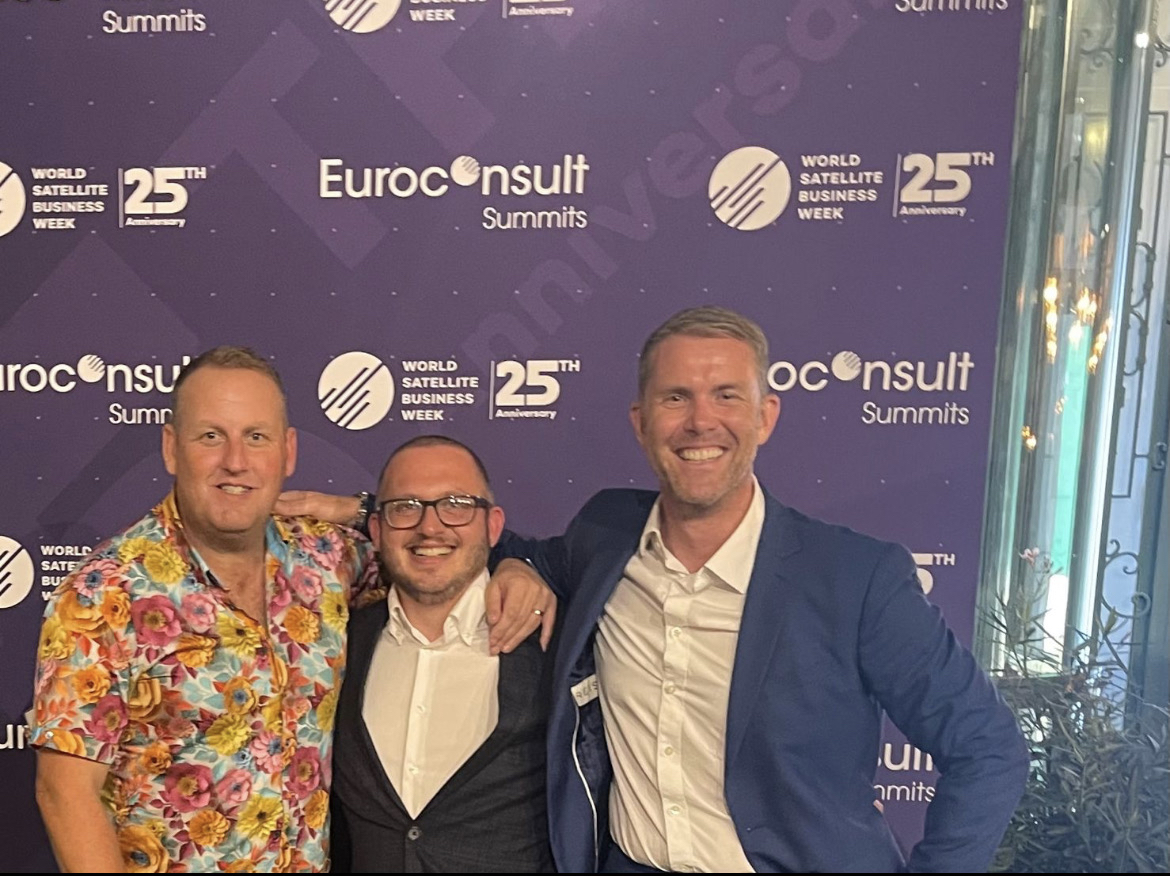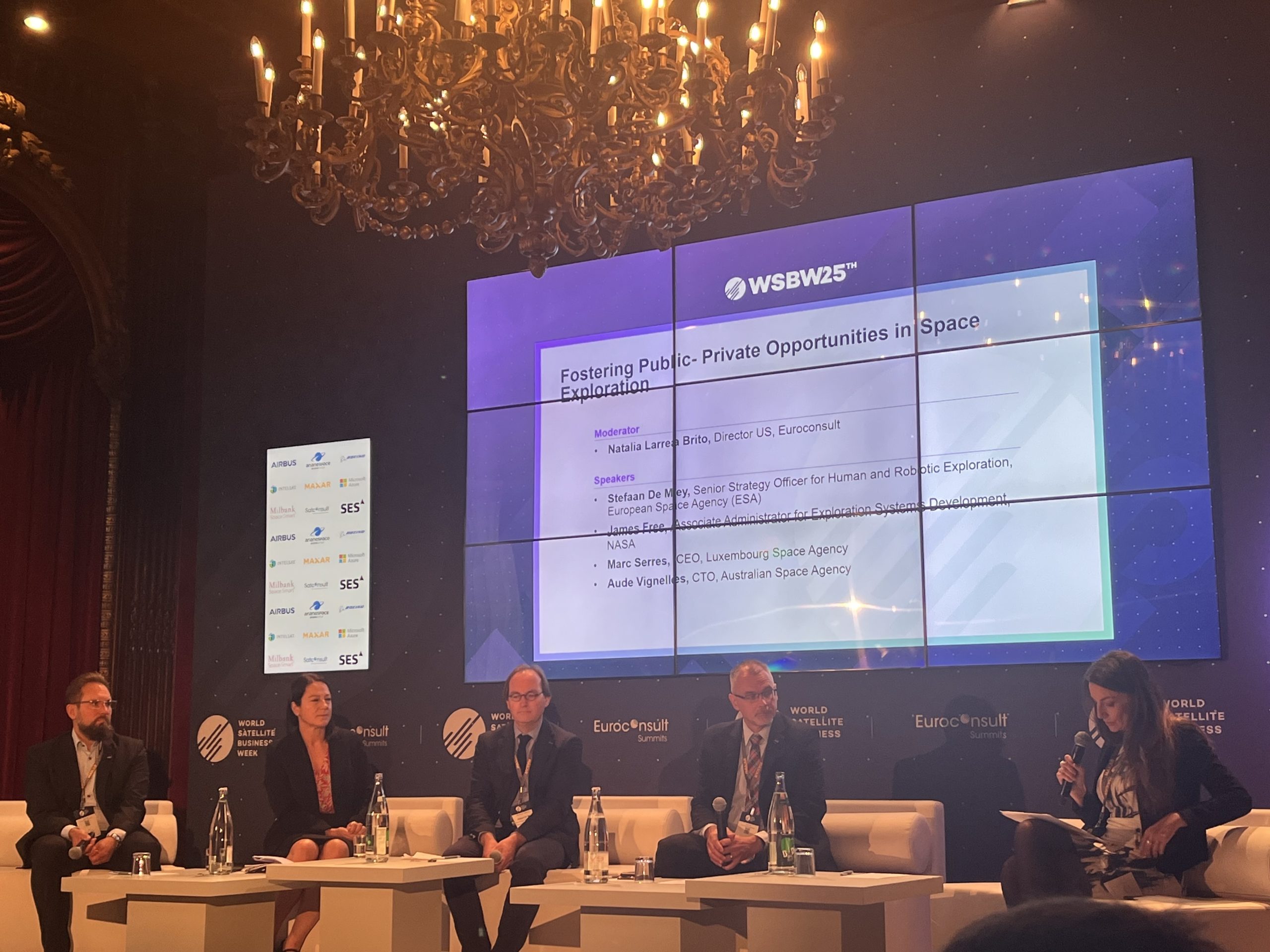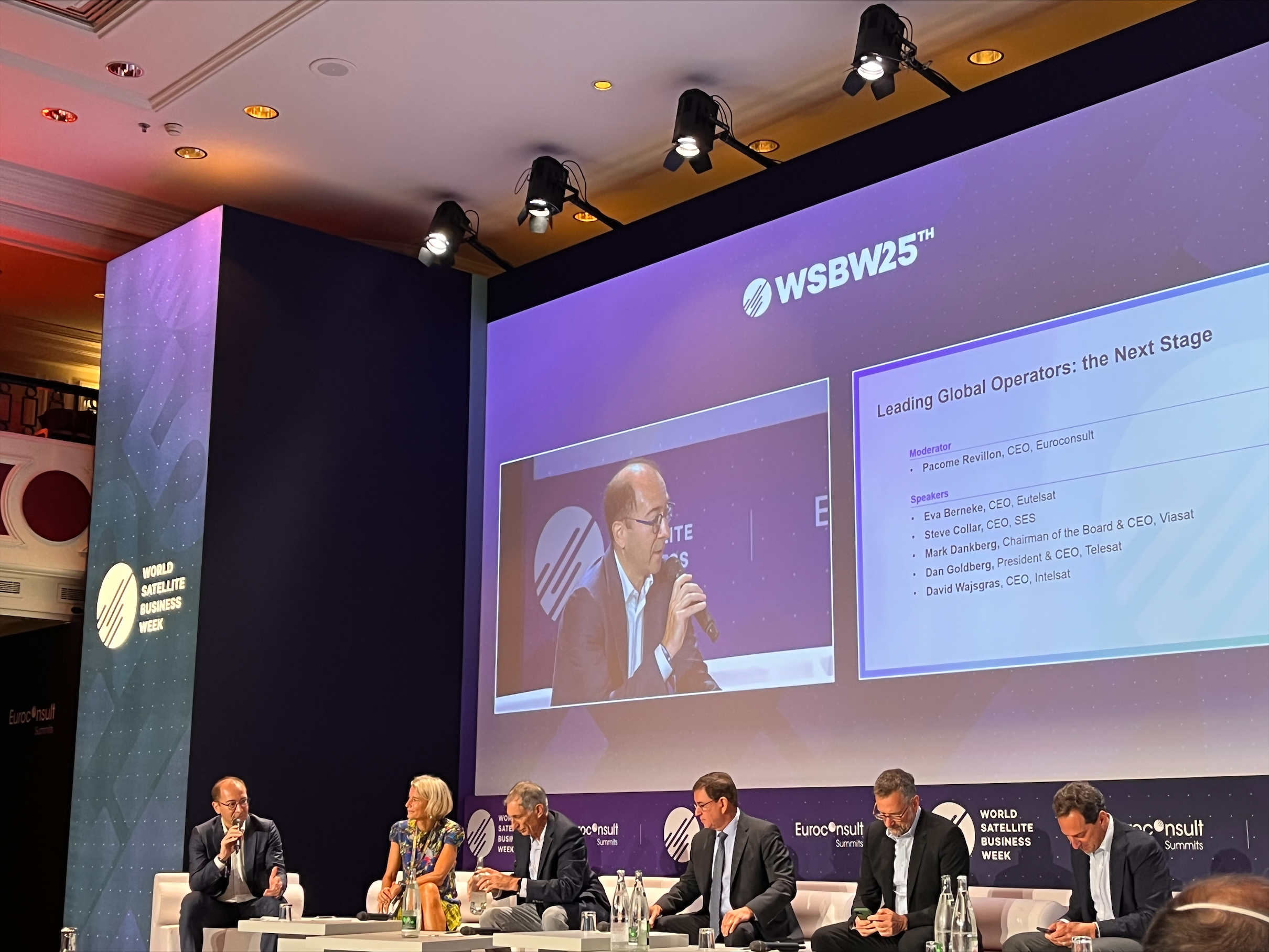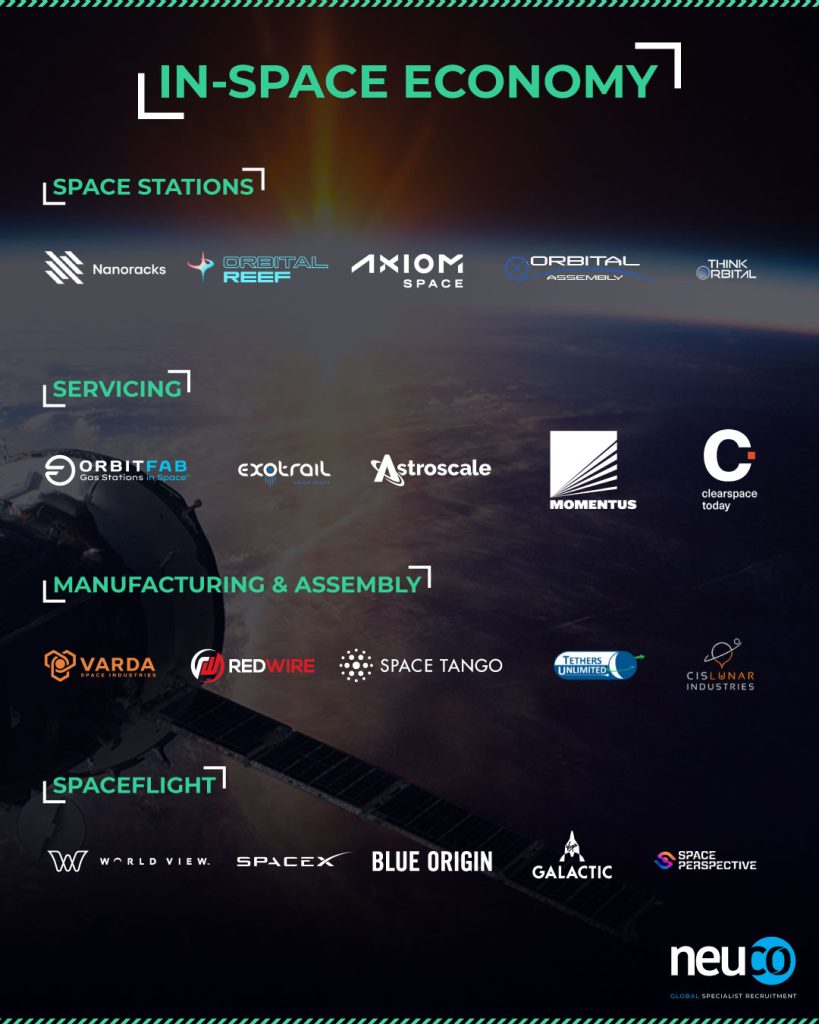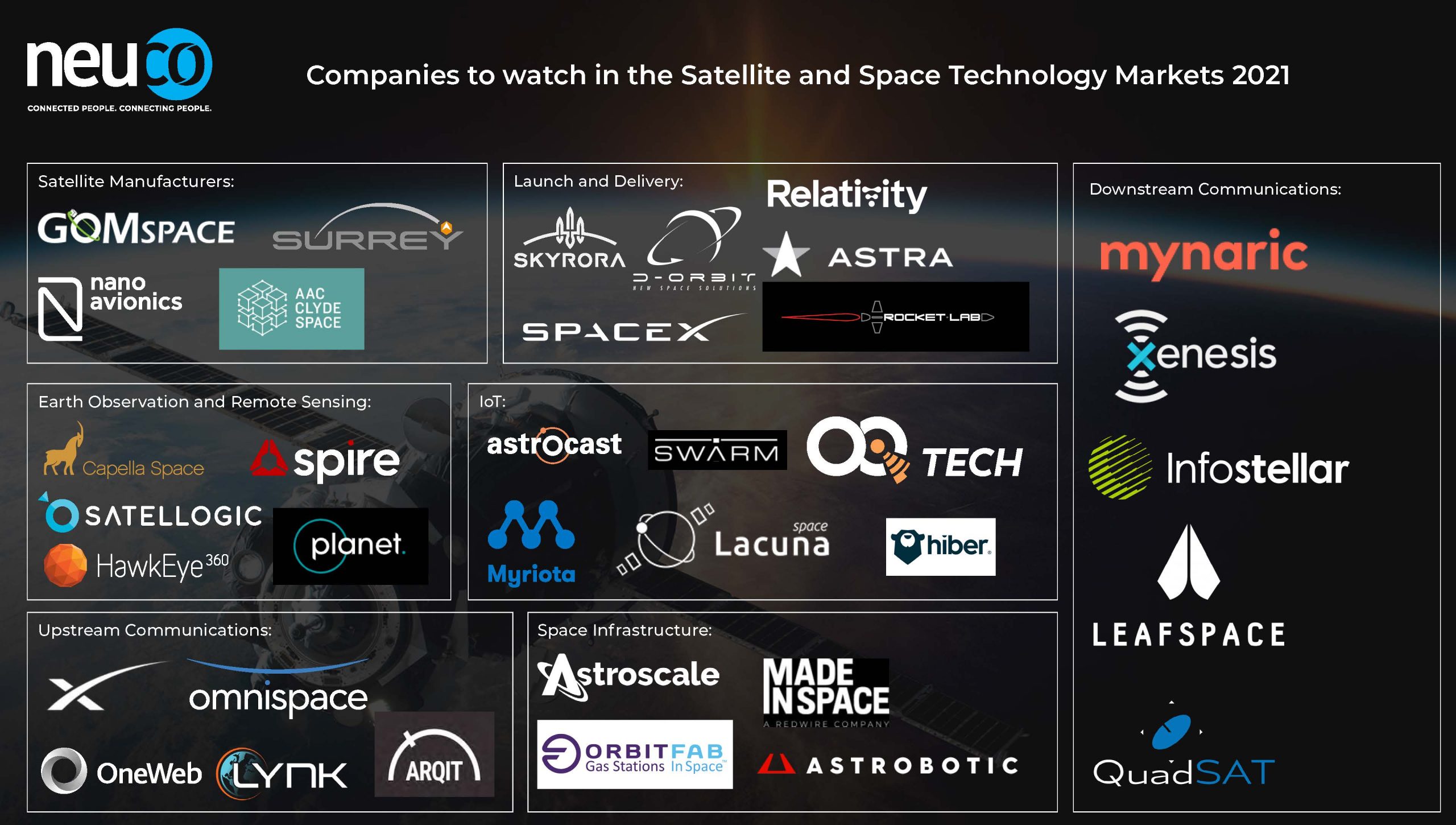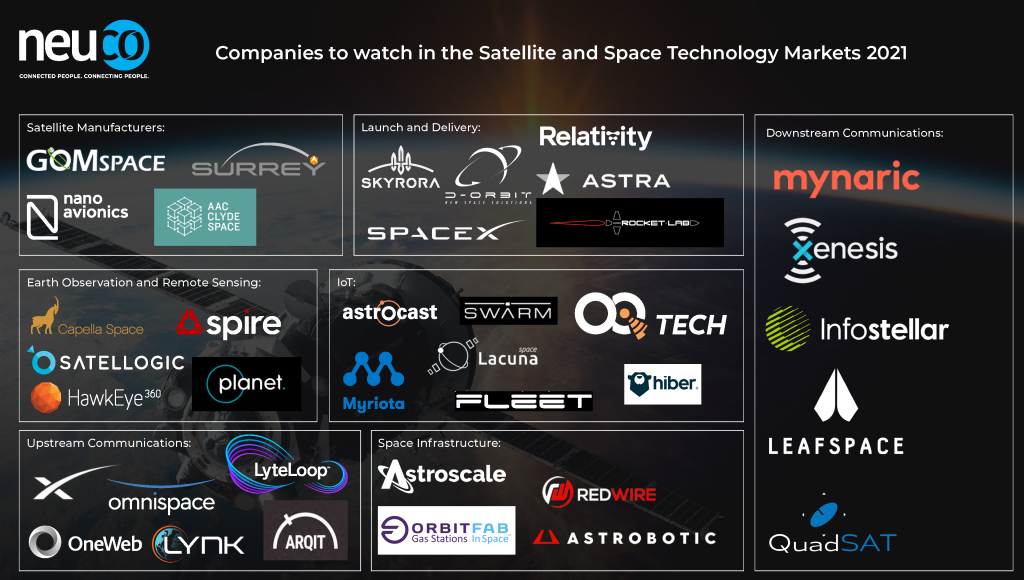Recently on The Connectivity Matters Podcast, we spoke to Raz Kivelevich-Carmi, the Chief Marketing and Business Development Officer at Cellium Technologies. With over 20 years experience from within the chipset ecosystem, Raz has invaluable insights into the tech that’s currently revolutionising the industry. We talked about the innovations happening at Cellium and how they’ll impact consumers. Read on to find out what’s coming next!
Tell us about Cellium’s Edge Air solution and how it differs from small cell solutions?
There are multiple technologies or topologies out there, ranging from full genome to small cell and all the way up to the oran types of solution, which is a very big hype these days. The databases have been around for some time, whereas the psyllium solution is, in essence, a desk-like solution. However, opposed to what standard desk does, we do it much better performance-wise as well as at a much lower cost than those existing solutions. The reason that the technology is based on an analogue-only type of deployment is that we do not do any analogue to digital conversions of any sort. We don’t utilise special cabling, most other deployments are going to be fibre which is an expensive means to transfer data from one end to the other, but we use standard copper cables which you have in your walls. If you don’t have them in your walls, we can put them into the walls at a much lower cost both for the equipment and the deployment cost itself. It’s very easy to put up copper wire, it’s much harder to put up a fibre wire.
When you take all of this together, you’re getting an active DAS that works over copper wire in an analogue domain, with no need to do those conversions. The cherry on top of the cake is that we do it based on the SOC chipset that we have developed in house. The companies that do active DAS do all of those conversions. They take the RF signal, either they push it over coax cable, which is again very expensive, or they take it and they transfer it from analogue domain into the digital domain. In many cases, they then take the digital signal and then they push it to fibre and then they push it from one point of the building to another point of the building, then they do it again fibre to digital, digital to analogue and then they retransmit. The way that we do it is we take the RF signals and we drop them to a frequency which is referred to as an intermediate frequency, which is usually in the low hundreds of megahertz, and that can be pushed over a copper cable easily. I’m simplifying things that are chipped and are actually doing a lot in order to make it happen, but it’s much easier to keep the single analogue and push it across the wire. I make sure that I push it in such a way that I don’t degrade the performance. I do not add latency which all those digital technologies do. They modify the signal in order to have it passed from one point to the other in a robust way, which is very time consuming and expensive. That’s what we do, but we do it using our own chips.
Some companies have chosen to take this path of analogue conversion only. However they do it with discrete components which isn’t very cost effective. This is why Cellium took the approach about two and a half or three years ago to, to take a system and to develop a chip that replaces those discrete components into a single chip. When they did it with discrete component, it was very expensive, which is the reason that they went for an SOC. We are the only company in the world today that has an SOC that does this RF live conversion. Again, this further reduces the overall cost of the system. When I compare it to the good performance active DAS, it’s where I have the merits of providing an active DAS at a very low cost. That’s the huge merit against those active DAS types of solutions.

So is the Edge Air solution suitable for all indoor vertical markets?
When we look at the market today, what we see is two segments. There is the private network segment, and then there is the bigger one, which is the eminent or the or the public domain. If you look at analysts, they would probably say that the public sector is going to account for about 70% of the entire 5G market, whereas 30%, will go into private networks. Now, there is a big difference between private networks and public networks from the deployment perspective, so I’ll touch each one of those and explain how the Edge Air solution does it.
Let’s start with the public, which is the bigger segment, and probably the one that’s going to happen earlier in the game. One of the things that all the all the cell vendors and DAS vendors have seen is the fact that the majority of the MNO market today is what is called NSA or non-stand-alone, which means that legacy 4G is working alongside the 5G. Only about 10 to 20% of the seminars these days are using 5G standalone. That doesn’t mean that companies will immediately migrate from NSA into SA, but they will start to, and for the next three to five years they will continue using their legacy 4G cores and add 5G capabilities on top of it and have the cells work together. Now, this makes it harder for operators who now need to bring a box into the building that does NSA. They can do one of two things: they can rely on the 4G macro to penetrate in and to be synchronised with the 5G devices in the building, or they could bring 4G data into the building. In some countries it’s very common to have 4G data in the building, but in the majority of the countries that we’ve seen, what you see is the need to go into a building and put in a 4G and 5G transmitting and receiving element in. Now, that is a problem for many of the small sales companies because if you look at most of the small cells today, they are built around the Qualcomm chipset, there is a 4G Qualcomm chipset and there is a 5G Qualcomm chipset and you need to put both of them into the box and to have some collaboration between the two of them. In many cases, the 4G is coming from a different vendor altogether like Ericsson and Nokia, who are very common to be used as the macro vendor. But, going back to the box, you need to have 4G and 5G in the box in a single location and to get better coverage for both of them working together.
Most of our customers would like to have a single box that has the capability to work on both systems. Now, this is where Cellium excels. Why am I saying that? Because the way that our system is built, it has two major components. One is called the CPU, which is the Cellium base unit, and one is called the CRU, which is the same remote unit or the radio unit. Our base unit interacts with third party equipment, we don’t compete with Ericsson, we’re not here to compete with Airspan. As I’ve stated before, we look at them as a signal source. What we do is distribute their signal across the building. We build our boxes in a way that interfaces with more than one vendor, so we can put in an Ericsson 5G and a Nokia or Huawei or a Samsung 4G and both of them will connect to our box. That CPU will then spread it to units across the building, and each one of those units will transmit both the 4G and 5G together from a single location. This is a great value to the customers because they need the 4G and 5G because they’re doing NSA. However, in the future, when they migrate away from NSA and reform their frequencies, they might be able to take out the 4G source signal source and put in another 5G signal source. Now it’s 5G, the cost of replacement or reforming for indoor types of deployment this way will be dramatically lower than replacing multiple small cells around the building. This is a future proof solution that allows the operators to build a system now and then move on to SA at a later stage with a very low cost of replacement. We wouldn’t make any money out of it at that stage, but customers will save a lot of money then.
Let me just touch on the private network for a while. The private network is a very complex market these days, and there is a huge competition between 5G and WiFi. These two technologies want to play in the game of private networks. In the last two years or so everybody was saying private networks are 5G. This is because the 5G industry has been pushing this. In the recent year or so I’ve started to see more and more of the Wi Fi coming back and saying ‘No guys, we can do private networks’. You’re talking about quality of service, we know how to do quality of service, you’re talking about latency, we know how to do proper latency, you’re talking about security, we know how to do proper security. In my opinion, they will complement each other, in some cases it will be just WiFi, in some cases it’s just going to be 5G. In many cases, it’s going to be a mutual solution that serves the facility that it’s in.
Now, the solution for private networks is going to look a bit different from the MNO that I’ve just described. Nobody cares about the NSA because these are private networks, so it’s going to be easy. From the 5G perspective, however, we need to facilitate the Wi Fi to go through the same infrastructure because at the end of the day, you don’t want to have one or two boxes that are in a single location and transmit WiFi and 5G over the same corporate wires. This is exactly what we’re doing in the private network. We’re building boxes that are doing 5G only. Our first products are 5G with what we call cascading capabilities. If there is a Cisco, Juniper or HP Aruba that is already in the facility, I don’t want to disturb that unit. The IT manager already bought that unit, he doesn’t want to take it off and replace it with a new one, but he does want to add 5G into the facility. So what we’re bringing in is our CRU remote units that are capable of 5G only. I facilitate the same infrastructure to work for 5G and WiFi. So, instead of having 4G coming in and 5G coming in, as I was explaining before, now only 5G will come in alongside the Wi Fi or Ethernet. I will facilitate both of them to go through the corporate wires into my box, and then I will spread the 5G and let the expert on WiFi spread the WiFi.
To hear more of Raz’s insights into the industry and find out what advice he’d offer someone joining the sector, tune into the full episode of The Connectivity Matters Podcast.
We sit down regularly with some of the biggest names in our industry, we dedicate our podcast to the stories of leaders in the technologies industries that bring us closer together. Follow the link here to see some of our latest episodes and don’t forget to subscribe.





